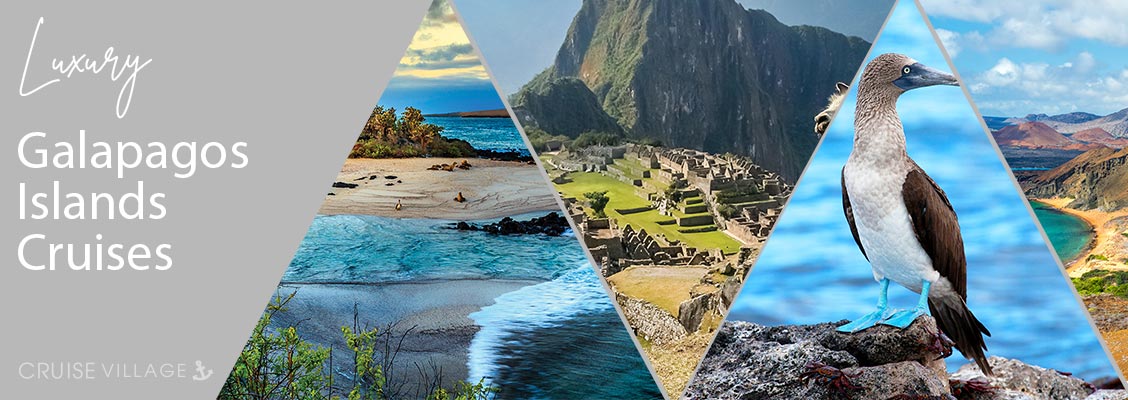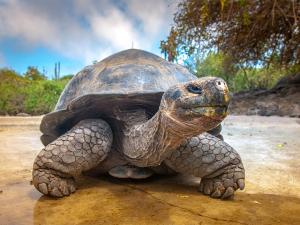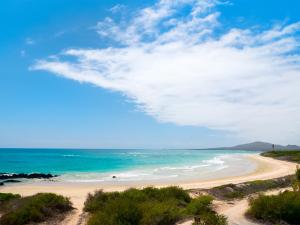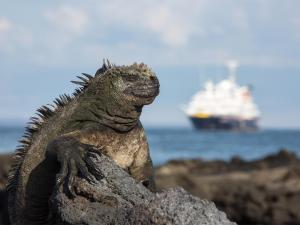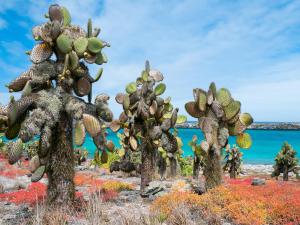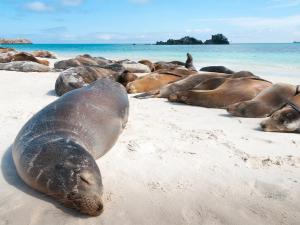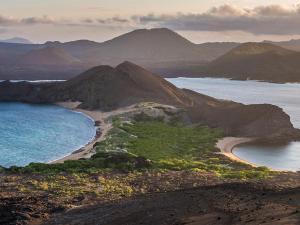Luxury Galapagos Islands Cruises
A luxury Galapagos island cruise is a chance to explore a place that time forgot. Around 600 miles from the mainland, the Galapagos Islands are one of the most remote places on Earth with over 9,000 species of flora and fauna.
As the world’s first UNESCO Heritage Site, these islands remained a closely-guarded secret for millions of years. Follow in the footsteps of Darwin as you come face to face with ancient tortoises, marine iguanas and lots of different species of bird.
Take a once in a lifetime adventure as you hike moonscapes that resemble otherworldly places, snorkel in the clear blue waters and get closer to nature than ever before. The Galapagos Islands are a paradise of wildlife, from the Prickly Pear Cactus, found only on this land, to the incredible Scalesia which grows up to 60 feet tall.
This collection of islands in the Pacific Ocean is truly the most wonderful place on Earth. The three ocean currents surrounding this archipelago have created extraordinary wildlife and exotic terrain. Whether you want to relax on a coloured sand beach or walk across lava fields, a luxury Galapagos Islands cruise has something for everyone.
Best Time To Cruise Around The Galapagos Islands
A luxury Galapagos Island cruise is ideal from January through till May. The temperatures are in the late twenties but come with high humidity. From June to November, the waters become cooler due to the Humboldt current. The temperate air often causes a mist over the islands defining the garua season, the misty season.
Book Luxury Galapagos Islands Cruises
Our luxury travel experts at the Cruise Village are here for any help you may require researching or booking your Luxury Galapagos Islands Cruises. We’d love to hear from you. You can speak to us from 9am to 8pm Monday to Saturday, and 10am to 6pm on Sundays on 0800 810 8481. Or find your preferred sailing below and send us an enquiry online! We look forward to helping you plan the perfect Luxury Galapagos Islands Cruise!


